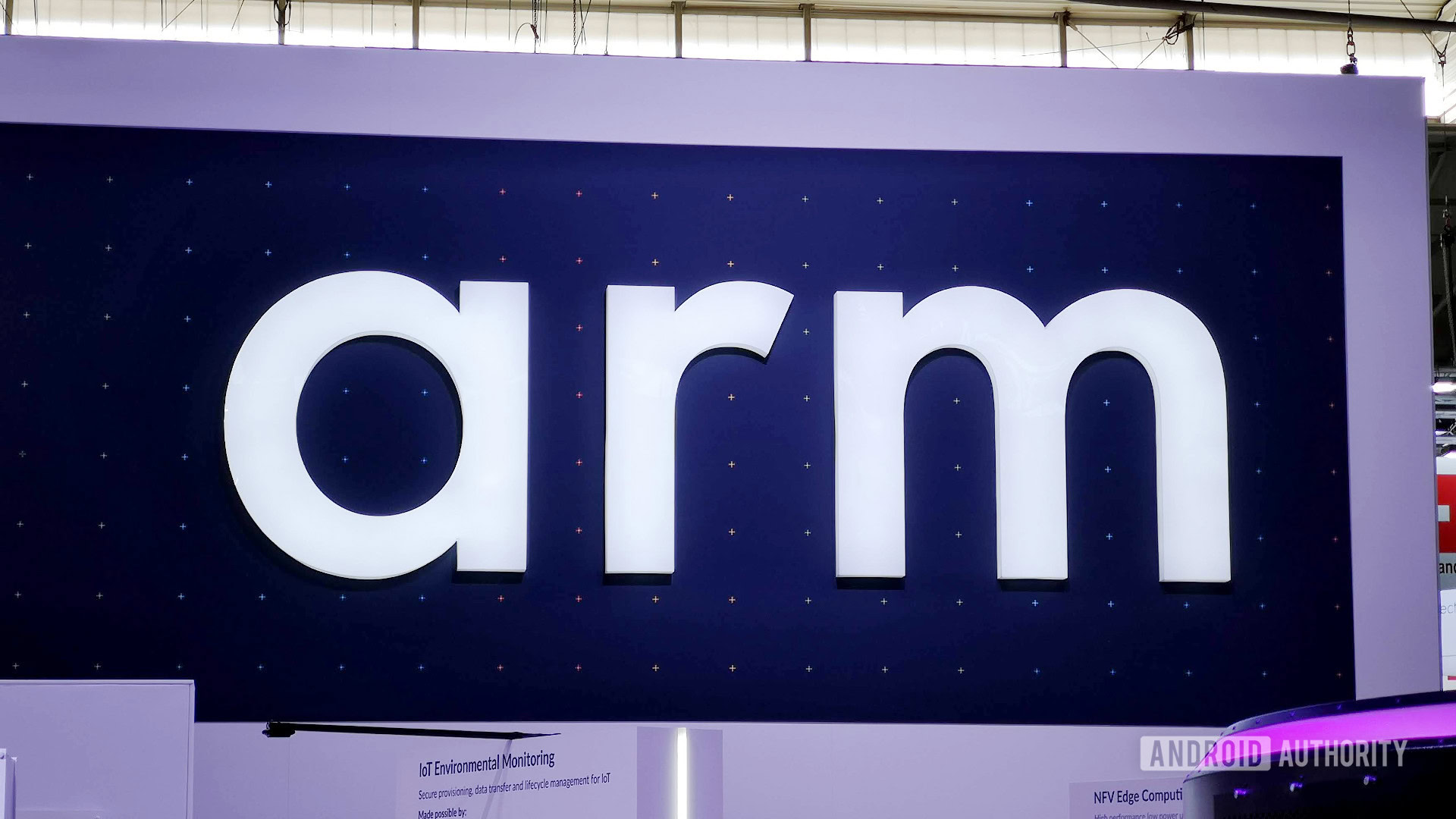Aside: Between the increase in L3 cache and improvement in L3 bandwidth within the DSU, it does seem like not much of the A710's alleged +10% IPC comes from the changes to the core itself (reminder: that +10% claim comes from comparing A710 with 8 MB L3 cache versus A78 with 4 MB L3 cache)
...new thought: is the A78C closer to the 2021 set of updates than I previously thought?
Emphasis on the "Optimized timing support" section; 'increased snoop filter', 'configurable slicing for timing/floorplan flexibility'
Then for the DSU-110 update from last year:
IIRC, 2017 DynamIQ's L3 cache could be logically partitioned, but physically it's one chunk. So then, did the A78C's DSU get updated to slice up the L3 cache and thus start the ramping up of L3 bandwidth? How far apart are the A78C's DSU and the 2021 DSU-110 update, really?








